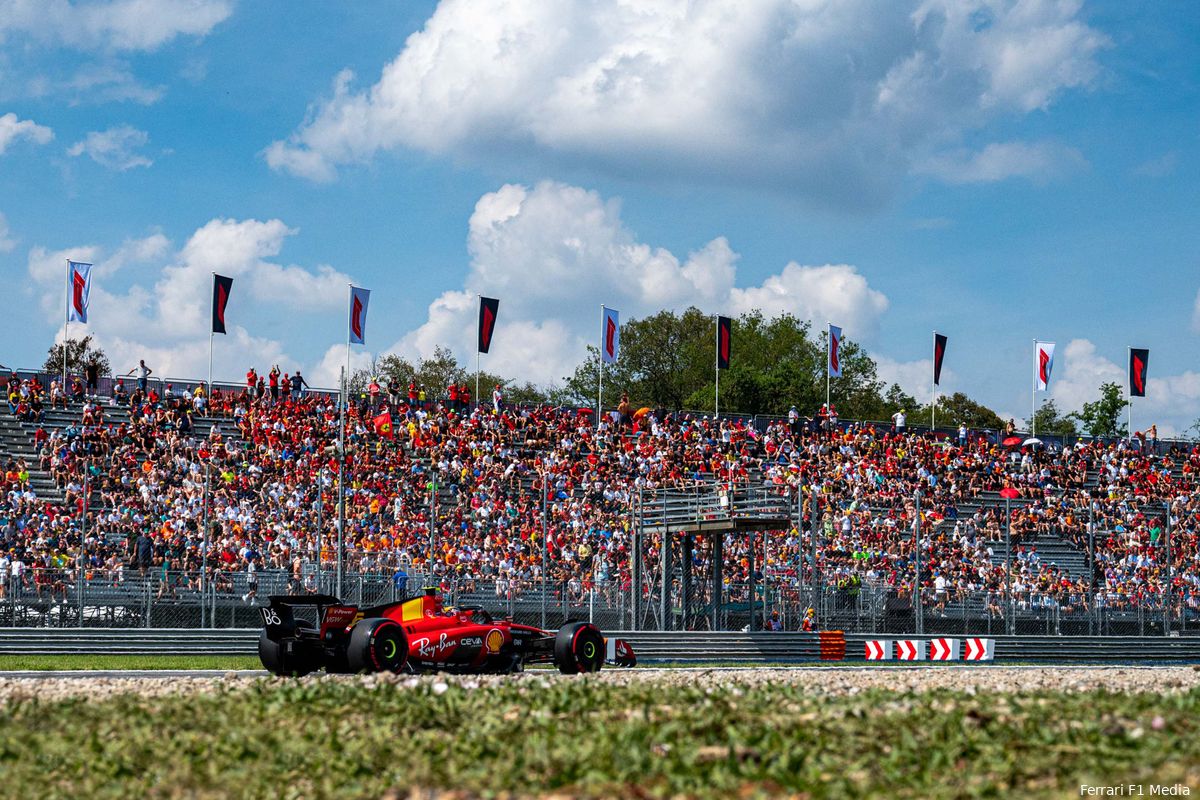
Mario Isola, the boss of Pirelli’s Formula 1 department, emphasizes that Formula 1 and governing body FIA are currently looking at ways to incorporate Alternative Tire Allocation, also abbreviated as ATA, into the regulations. The new format mainly relates to making the sport more sustainable, but has previously been the subject of criticism from various drivers. For the time being, however, both Formula 1 and the FIA believe that the new format, with the necessary improvements, can be an addition to the sport.
The first ATA test was, according to the original planning, to take place during the Grand Prix of Emilia-Romagna, but the bad weather threw a spanner in the works. The race weekend was canceled, and so the first test was also postponed. The new format could finally be tried at the Hungaroring, and in Monza room was made for test round two. The concept is now well known: instead of thirteen sets of tires, the teams only receive eleven sets per driver, and during qualifying the three types of tires are linked to parts of the session. The hard tires are then used in Q1, the medium tires in Q2, and the soft tires in Q3. Some drivers have already emphasized that they are not in favor of the format, mainly due to the lack of action on Fridays.
Isola herself is a supporter of the ATA and believes in the benefits
Despite the criticism, Formula 1 and the FIA are still looking at options to include the ATA in the regulations, Isola emphasizes to Motorsport.com. ‘We are currently focusing mainly on the positive and negative points of the format, because it is important to assess these first before making a choice.’ According to Isola, Pirelli is taking a different position, which is the complete opposite of the drivers’ criticism. Nevertheless, the criticism is listened to and possible solutions are also examined to remedy the disadvantages mentioned. ‘Assuming there is a need to make minor adjustments, we could consider making one extra set of tires available during the second practice session, and then releasing six sets for the race.’
Pirelli also made comparisons with 2022 performance and data while trialling the new format, and Isola noticed that the differences are considerably small. ‘Of course we kept track of how many laps were driven during the three training sessions, and there is not much difference compared to last year.’ Apart from the red flag during the second free practice, the differences are nil, as Isola also saw. “With that one red flag in mind, it’s likely that without that red flag they would have done more laps and the numbers would have been almost the same.” The Italian knows better than anyone how important it is for the teams to collect as much data as possible during training. “The teams rely on those laps during training to collect data, so the change in tire allocation will make little difference.”
Isola also sees the nice sides of the new format, despite the fact that the drivers think very differently about it. ‘I think qualifying will get a nice twist with the ATA, because you see that drivers depend on the conditions and have to deal with different types of grip, which means they have to try harder.’ According to Isola, the ATA is a fantastic format, which will have little to no negative consequences on performance during a race weekend. ‘That is of course personal, but I think it is a good idea. This way you can easily minimize the sets of tires used, without affecting overall performance. Sometimes these kinds of measures even improve things.’




